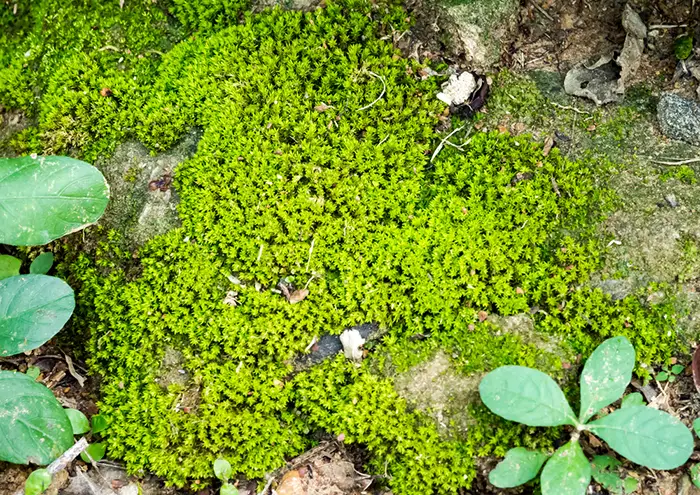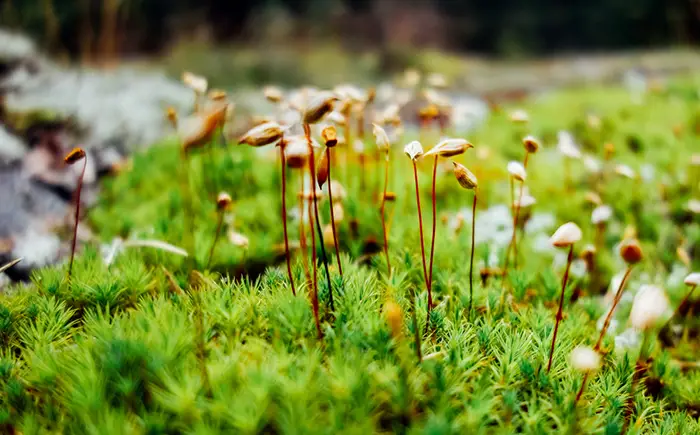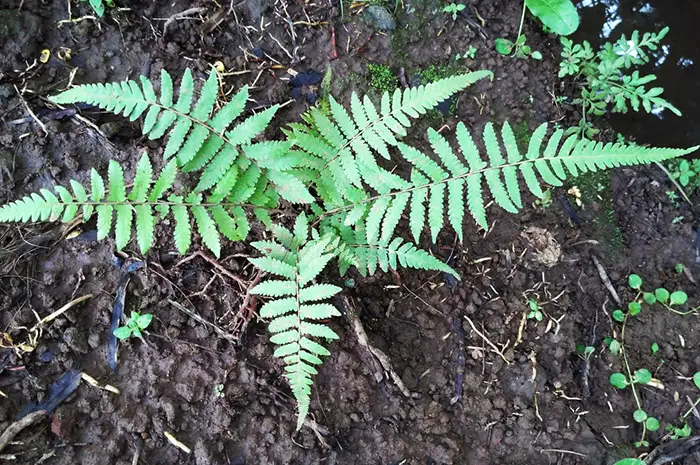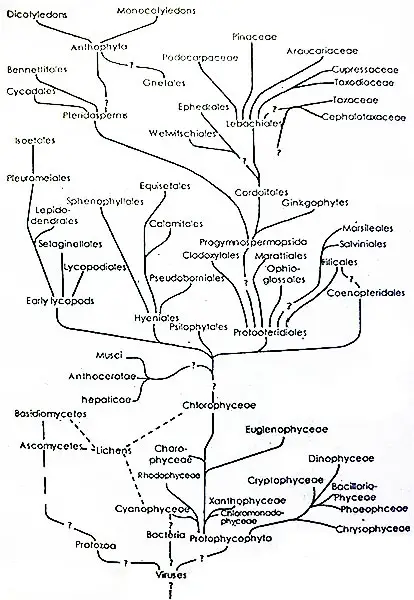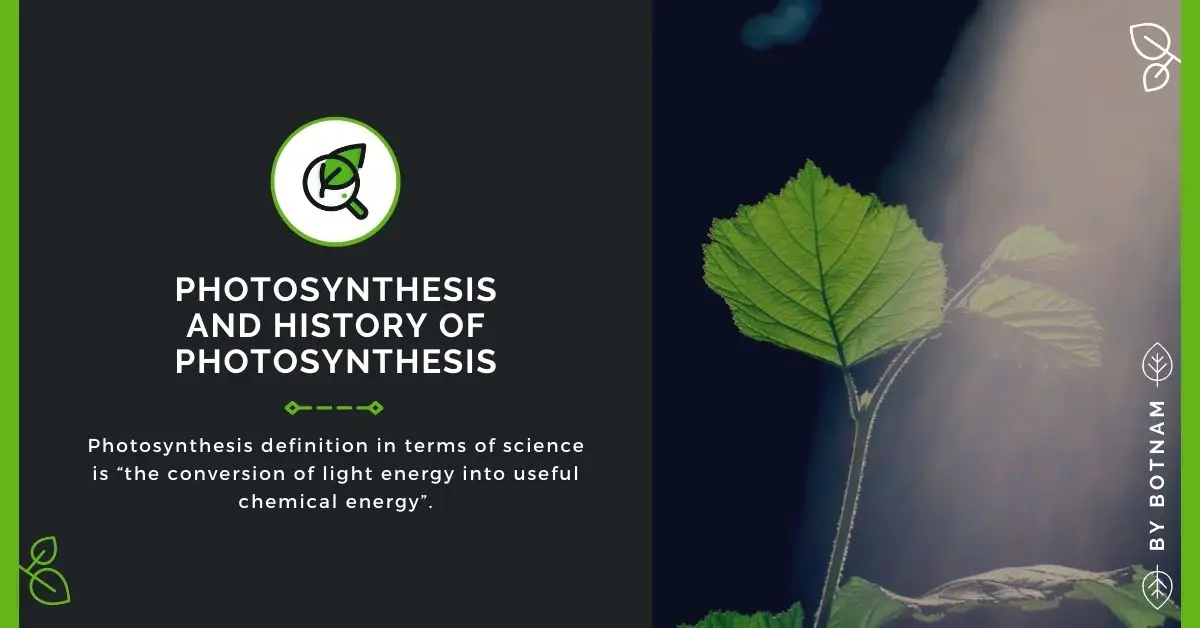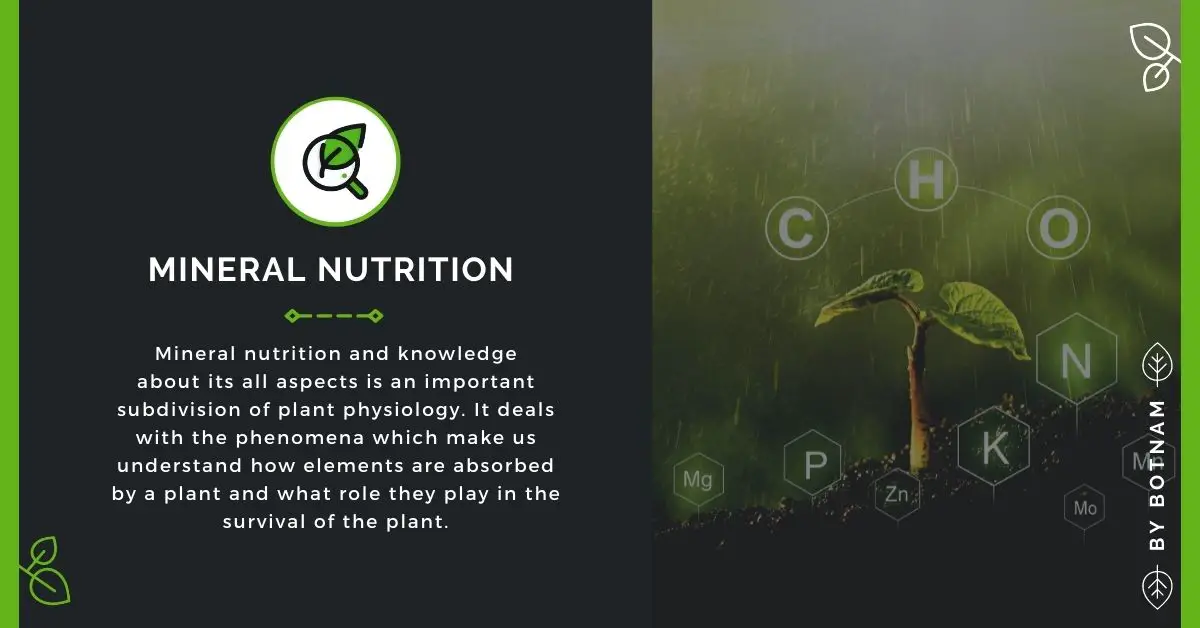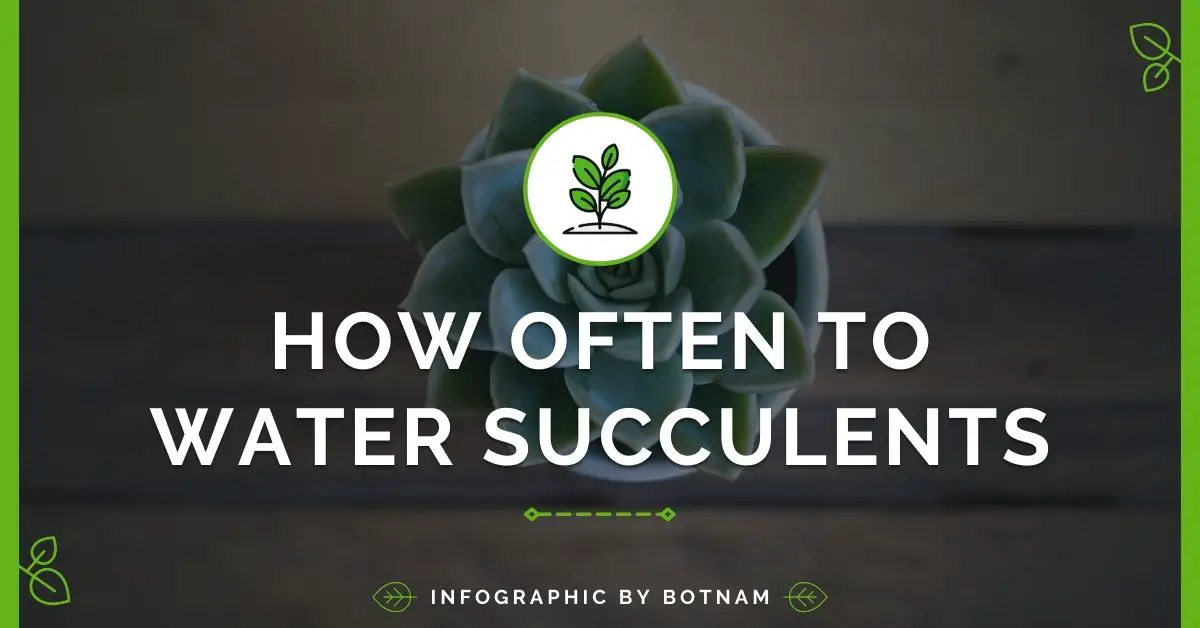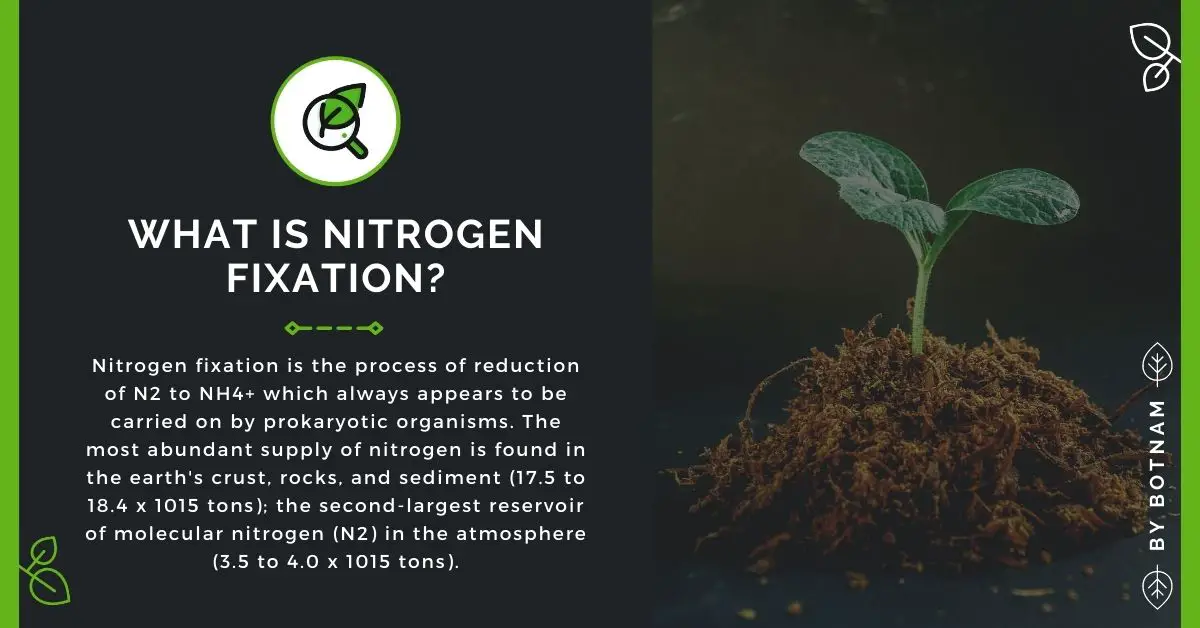Classification of Plants With Classification Systems 2024
Table of Contents
The human dependence on plants for living forced him to recognize them. Whereas understanding of inter-relationship of plants forced him to classify and arrange them to manipulate the plants and plant products for his utilization in a more befitting manner.
Classification Of Plants
Recognition and identification were easy tasks compared to classification which needs an elaborate understanding of the topic.
Aristotle and Theophrastus
The first logical and elaborate classification in the written form was done by Aristotle (384 – 322 B.C) and his pupil Theophrastus (372 – 287 B.C). They based their classification on the apparent size of the plants visible by the naked eye only.
The categories included in their classification were Trees, Shrubs, and herbs up to the 20th-century this classification hold firm.
The medicinal use of herbs tilted the importance of plants in favor of herbs only. Beginning with the herbalists a realization was felt about the demerits of the previous classification.
A general understanding was developed that the most obvious characters cannot be the most important ones.
Linnaeus Classification System
The gradual recognition that the structure of the flower is of more fundamental importance in classification than are vegetative characters opened the gate for the “sexual system” of Linnaeus’s classification.
Carl Linnaeus grouped plants according to the number of stamens and carpels, their union, and their presence and absence in the flower. This system had great benefits even for the unknown plants.
According to this system when an unknown plant was discovered it could be easily inserted among when those already known. The plant kingdom was divided into 25 classes by Linnaeus.
One of Linnaeus’s classes Cryptogamia includes plants with concealed reproductive organs. Cryptogams were subdivided into four orders;
- Filices, which includes all pteridophytes;
- Musci which includes mosses and leafy liverworts;
- Algae which includes algae lichens, thallose, liverworts; and
- Fungi.
Natural System of Classification of Plants
A further increase in the list of recognized plants forced man to group plants according to their natural affinities. Grouping based on the natural affinities of plants was known as the “Natural System of Classification”.
The first such grouping was introduced by DE Jussieu. He divided the plants into three major groups,
- Acotyledons, (without cotyledon)
- Monocotyledons (with one cotyledon)
- Dicotyledons (with two cotyledons).
In De Jussieu’s classification of plants, the Acotyledons were almost equivalent to Linnaeus Cryptogamia.
Besides these classifications, many other systems were also proposed during the first half of the 19th-century, but they were all unsuitable for spore-producing (cryptogam) plants.
Charles Darwins Theory of Evolution
Charles Darwin’s theory of evolution introduced a new trend in classification. Every classification was based on phylogeny and thus the plants were arranged in an ascending series from the most primitive to the most complex one.
The trend is still in practice while dealing with even any new classification. In 1880 a system was introduced that subdivided the cryptogamia portion of the plant’s kingdom into three divisions. They were:
- Thallophyta
- Bryophyta
- Pteridophyta
After the establishment of these groupings, it was challenged by some workers. They argued whether or not the Thallophyta and the Pteriodophyta are two natural divisions.
Thallophytes
The Thallophytes with their two subdivisions, the Algae and Fungi may be distinguished from other plants based on,
- They have a unicellular or simple multicellular structure.
- They have a single-cell gamete and scope producing sex organs.
- The sex organs are never surrounded by a layer of sterile cells.
- The zygote never develops into a multicellular embryo while still within the female sex organ.
Algae and Fungi are differentiated based on their mode of nourishment. Algae are Autotrophic while fungi are heterotrophic in the mode of nourishment.
Bryophytes (Amphibian Plants)
Algae are commonly found restricted to water and rarely found on the land whereas the bryophytes are land inhibited plants, but water is still required for the completion of their life cycle.
Thus, the Bryophytes are also known as amphibian plants. Their place of choice is swampy, muddy shade and humid places.
Most of the bryophytes are autotrophic but a few exceptions include saprophytic bryophytes which grow on organic matter such as rotten wood e.g., Mnium hornum.
The in-between algae and pteridophytes the Bryophytes occupy the position. The gametophyte is highly developed and differentiated from that of complex algae.
True roots are absent instead rhizoids are present. Further classification of plants is based on the presence or absence of vascular bundles.
Pteridophytes
Vascular bearings plants are considered to be more advanced than bryophytes. Vascular plants can be spore-bearing or seed-bearing.
Pteridophytes occupy the intermediate position between bryophytes and seed-bearing plants, i.e., gymnosperms and angiosperms.
Thus, they are the most primitive vascular plants and most advanced spore-bearing plants. thus, also known as “vascular cryptogams”.
They are somewhat 400,000,000 years old. They were followed by seed-bearing Gymnosperms and then Angiosperms evolved. All these plants were considered in a single kingdom the Plant Kingdom.
The plant kingdom included all the organisms which have at least one of the two basic characteristics supposed to be essential for an organism to be included in the plant kingdom.
The characters included were:
- Having chlorophyll
- Wall made of cellulose
The addition of data and especially the invention of instruments and support provided by biochemistry jolted the very basis of classification.
The basic classification mode i.e., mode of nutrition was extended to accommodate some more characteristics for the classification of life as it is. Since the middle of the 19th-century questions were raised about the classification.
The third and fourth systems were added but most of the biologists either ignored these proposals or consider them unimportant curiosities.
Whittaker Five Kingdom Classification System
The opinion began to change in the 1960s, largely because of the knowledge gained by the biochemical and electro-microscope techniques.
The techniques revealed fundamental affinities and differences on the subcellular level that encouraged a spate of a new proposals for a multiple-kingdom system.
Several proposals were made but the most acceptable was extended in 1959 by R.H. Whittaker. Whittaker’s classification of plants and other organisms was based on five kingdoms.
The Whittaker five-kingdom owe a great debt to the four-kingdom system of Herbert F. Copeland from Sacramento City College, California, published in 1956 mentioned below:
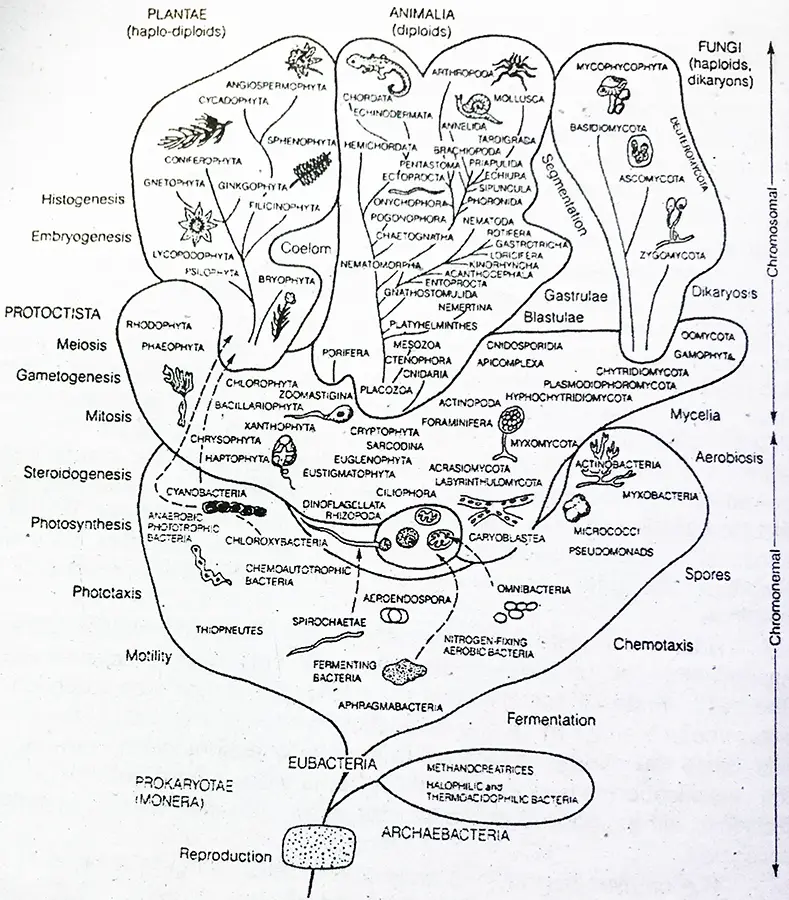
The Five Kingdoms
Briefly, the five-kingdom system is based on the three different levels of cellular organization associated with three principals modes of nutrition photosynthesis, absorption, and ingestion.
The five-kingdom proposed consist of:
Kingdom Prokaryotes (Monera, or bacteria)
These are prokaryotic unicellular organisms.
Kingdom Protoctista (algae, Protozoan, Slime Molds)
These are eukaryotic predominately unicellular organisms. The kingdom Protista examples include Euglena and Amoeba.
This kingdom also includes simple multicellular organisms that are believed to be direct descendent of unicellular protists.
Kingdom Fungi (Mushrooms, Molds, Lichens)
These are eukaryotic multicellular reducers for example mushrooms. Those organisms, which are classified as heterotrophic and are absorptive in their nutritional mode are called Fungi.
Most fungi are decomposers that live on organic material, secret digestive enzymes, and absorb small organic molecules which are produced by digestion.
Kingdom Animalia (Animals With/Without Back Bone)
These are eukaryotic multicellular consumers. Animals live mostly by ingestion food and digesting it within specialized cavities. They lack cellulose and show free movement.
Kingdom Plantae (Mosses, Ferns, Gymnosperms, and Angiosperms)
These are eukaryotic multicellular autotrophs, making their food by photosynthesis.
Here, plants are arranged with simple and most primitive in the beginning, while complex and more advanced are taken at the end.
This will not only be introduced the different basis of knowledge about different groups of plants to the reader but also introduced the phylogenetic relationship of these groups.
Widely Distributed Equisetum Species
Here are examples of widely distributed Equisetum species:
- Equisetum silvaticum
- Equisetum hiemale
- Equisetum Arvense
- Underground tubers
- Underground tubers
- Spores with appendages
- Prothallus with four young sporophytes

